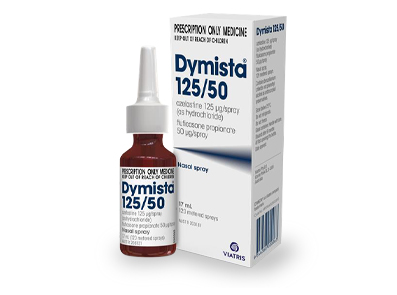Pain
Osteoarthritis1
What is arthritis?
Arthritis is an umbrella term for a wide range of inflammatory conditions affecting the joints. This often results in pain, stiffness, swelling and redness in affected joints. Age, overweight and obesity, injury and genetic factors increase the risk of developing arthritis. Osteoarthritis, rheumatoid arthritis and gout are common types of arthritis.
How common is arthritis?
Arthritis – including osteoarthritis, rheumatoid arthritis and ‘other type and unknown’ – affected an estimated 3.7 million (15%) people in Australia, according to self-reported data in the 2022 Australian Bureau of Statistics (ABS) National Health Survey (NHS) (ABS 2023).
In 2022, the prevalence of arthritis:
- Was higher for females compared with males, apart from those aged 25–34.
- Mainly affected older people – 49% of those aged 75 and over were estimated to be living with arthritis.
- Was highest for people living in Inner regional areas and lowest for those living in Major cities (20% and 13%, respectively).
- Was highest for people living in areas of most disadvantage (lowest socioeconomic areas) and lowest for those living in the least disadvantaged areas (highest socioeconomic areas) (18% and 12%, respectively) (Figure 1) (ABS 2023).
- After adjusting for different population age structures over time, the prevalence of arthritis changed little between 2001 and 2022 (14% and 15%, respectively. (ABS 2023).
Osteoarthritis and rheumatoid arthritis are the most common forms of arthritis:
- Osteoarthritis is a chronic condition characterised by the deterioration of the cartilage that overlies the ends of bones in joints. Around 2.1 million (8.3%) people in Australia were estimated to be living with osteoarthritis, affecting 10% of females and 6.1% of males in 2022
- Rheumatoid arthritis is a systemic autoimmune disease where the body’s immune system attacks its own tissues. Around 514,000 (2.0%) people in Australia were estimated to be living with rheumatoid arthritis, affecting 2.5% of females and 1.6% of males in 2022

Reference:
- Australian Institute of Health and Welfare. Musculoskeletal conditions: Arthritis [Internet]. Canberra (AU): Australian Institute of Health and Welfare; 2020. Available from: https://www.aihw.gov.au/reports/chronic-musculoskeletal-conditions/musculoskeletal-conditions/contents/arthritis [Last accessed 2024 Jul 21]
AU-CELE-2024-00010. July 2025.
